Chess is one of the most ancient games in the world, and the new Netflix hit “The Queen’s Gambit” has raised interest in this game. More people are learning how to play and intrigued by the benefits of chess. Should we also teach chess to our students in school?
Absolutely, yes!
Many schools around the globe have made chess a compulsory class. In the United States, there are organizations that provide chess education programs in schools. For example, Chess in Schools supports chess programs in nearly 50 public schools in New York City. That means over 500,000 students experiencing the benefits of chess.
So, what is the big deal with chess in schools? Why should we teach our students how to play chess?
Benefits of chess in schools
It is scientifically proven that chess benefits students’ cognitive and social skills. The are many pieces of research worldwide that prove how playing chess will improve skills in children, adults and the elderly.
I personally teach it to my kiddos every year: first, as a fun Friday activity and, then, as a Math workstation. After a while, I witness growth in many dimensions. Plus, they love it!
Keep reading and discover the 10 benefits of chess in schools!
Ability to concentrate
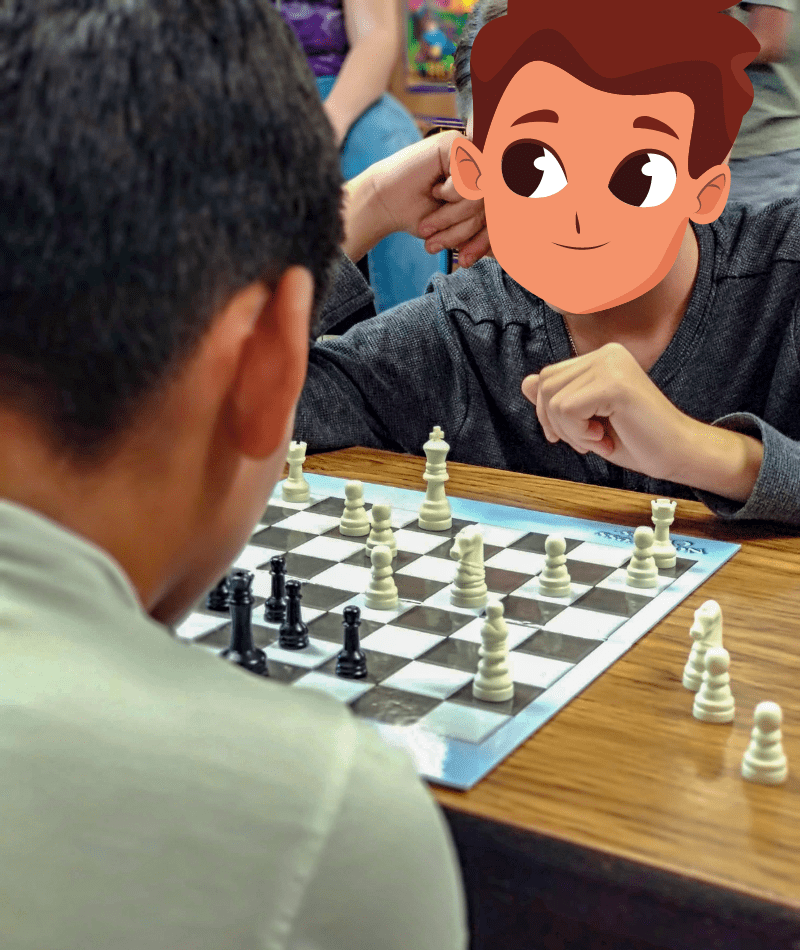
Based on CDC statistics, the number of kids diagnosed with ADHD has grown significantly over the years. I am sure we all have some students in our classrooms with attention-deficit disorder.
Chess is a game that improves the ability to concentrate. Children have to pay attention to all the moves and constantly think about their strategy. Some studies demonstrate how chess teaches them to stay longer on task, control their actions and maintain focus. Amazing!
I have also experienced this improvement with some of my students. Before playing chess, their lack of concentration was obvious. After a few months of weekly practice, I could see them staying on task longer when playing chess, completing choice boards or taking a test!
Improves understanding of Math concepts
Are you looking for a way to improve Math test scores and student engagement? You know the answer: Chess! I always introduce chess to my students as a fun Friday activity. Once they learn the basics, I include it in our Math digital choice boards, so they can play with a physical board or a digital one in Google Slides.
There are many Math concepts related to chess: coordinates, geometry, rows and columns… But the actual strategy and gameplay behind it make it the perfect game to improve Math understanding.
This study in several schools in Denmark shows how math test scores got better after replacing traditional math lessons with chess-based lessons. Unbelievable, isn’t it?
“We found that replacing a weekly lecture of traditional mathematics with one based on chess instruction tended to increase subsequent results in math test scores. This consistent with recent research of the impact of chess playing on mathematical abilities and reasoning and suggests that transfer of abilities and knowledge between the two domains is possible”.
Teaches planning and critical thinking
Chess is a complex game of patterns of moves in which players need to keep thinking in different ways to win their opponent. It’s not enough to plan the next move; your strategy must include several moves and consider several outcomes.
This benefit of chess is quickly visible in my students. Each new game, they get better at planning and evaluating each move, taking their time to make a decision. The idea behind it is that they take this learning beyond the board to other aspects of life. It makes me really proud!
Improves memory and helps preventing Alzheimer
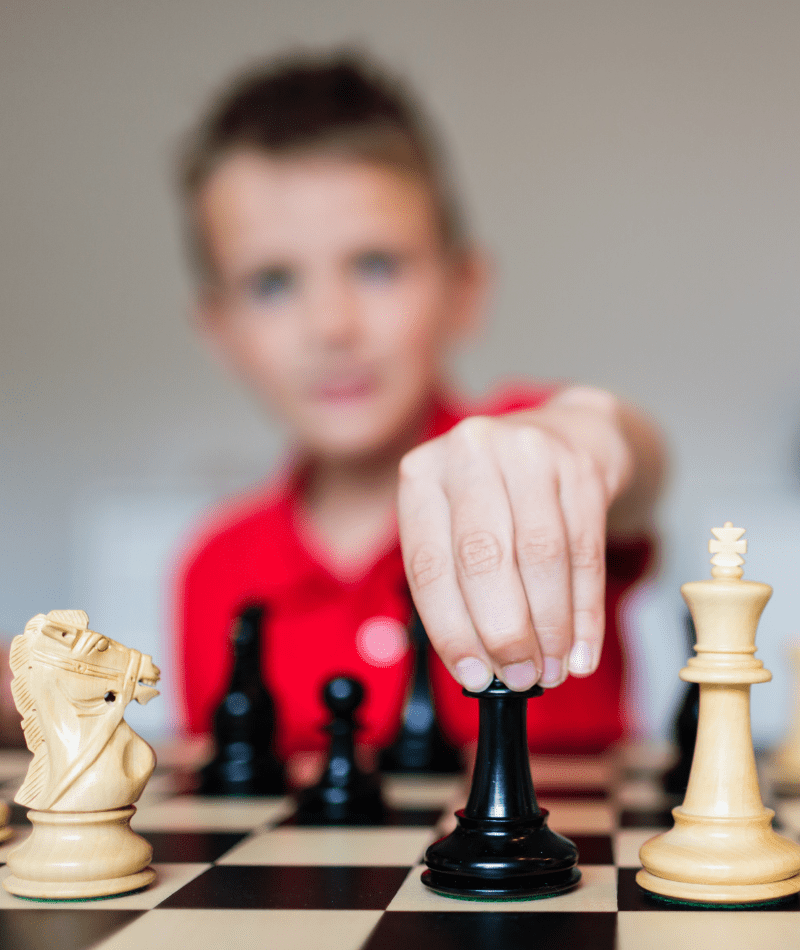
One of the great benefits of chess is that it improves memory. There are many strategies in the game that a player must know and apply. With more and more practice, students remember those tactics and use them in different situations throughout the course of a game.
This improvement of memory can also be noticed in other academic areas or life situations. Actually, research indicates that playing chess can reduce the risk of Alzheimer’s disease by 75%. Exercising and challenging your brain with chess brings many benefits as Professor Verghese states:
“It is similar to the physical state. If you exercise and build up muscles then you become more resistant to injury and other illnesses. If you exercise your brain then you are also more resistant to the effects of dementing illnesses such as Alzheimer’s. The day may not be far off when doctors recommend a game of chess along with physical exercise and a healthy diet.”
Benefits of chess include better behaviour
Other research and experiences from teachers highlight the improvement of students’ behaviour. Chess in Schools shares some statistics based on their New York school programs, and one of the statements is pretty eye-opening:
86% of teachers reported improved social skills and behavior in their students.
Chess increases creativity
Who is looking for a fun way to increase creativity in students? I am! What is that way? Chess is!
This “Chess in Education Research Summary” states that creativity can be taught through the art of chess. Actually, the difference between the chess group studied and the other group is pretty significant. The research show gains in all three aspects involved in creativity: fluency, flexibility and originality.
Learning how to win and lose
Chess is a game of respect. Both students start with the same pieces and opportunities. One will win because his/her strategy outplayed the other’s, respecting each other’s game. That is why I always ask my students to shake hands before and after a game of chess. Respect.
Winning a game of chess teaches several things:
- Take the win with sportsmanship.
- Show humility and no arrogance.
- Accept that next time our rival can beat us.
- Find ways to improve our game next time.
Losing a game of chess also teaches several aspects:
- Accept it with sportsmanship.
- Understanding the causes.
- Figure out the nature of our mistakes.
- Plan a way to avoid those mistakes in the future.
Problem solving skills and decision making
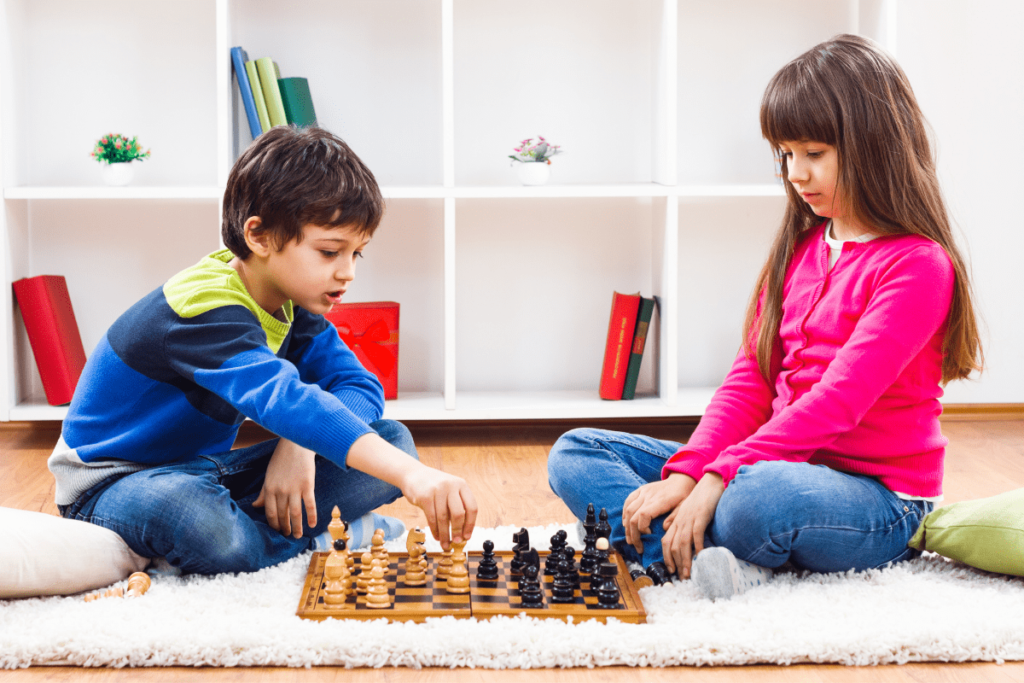
Source: Canva Pro.
This is one of the most visible benefits of chess, because students face different problems and struggles in each game. As mentioned before, players need to plan several moves in advance. However, with each move, the strategy changes and players need to solve the new situation making the best decision for his/her game.
When I teach chess to my students, I like to make comparisons between the problems in the game and the problems in real life. How do we analyze the problem? How do we evaluate different outcomes? What is the best decision to make?
A game of chess can be compared to many situations of life. And that’s exactly the next point in this benefits of chess list.
Chess brings people together
Chess is a universal game that is played by people of different ages, cultures and backgrounds. Once you understand the rules, you can play with, literally, anyone! As Pastor Mark Pavelka of the Gleniti Baptist Church says, chess can break down language and social barriers.
“Chess connects people together and is played throughout the world overcoming language barriers, and developing the mind.”
I could experience this benefit of chess when other students from the school started to ask my bilingual kids about chess. Some of them joined us during our fun Friday time and others were playing together during recess. The game was bringing them together!
Chess teaches about life
We know that chess is a game of strategy with equal opportunities for both players. Unfortunately, life is not. However, we can teach our students life lessons that can be applied beyond the chessboard.
- I can build success, one move at a time.
- Obsticles become opportunities.
- You when have less, each move is critical.
- Time runs out and the game runs away from you.
- I know I can win!
How to teach chess in class
If you got here, it means that you want all these benefits of chess in your class! That is awesome!
A new blog post about how to teach chess in class is coming soon. For now, I will leave a summary of the three stages of teaching chess in schools.
Stage 1: Moving the pieces and capturing
Chess is a complex game, so the first thing students need to know is how to move each piece and how to capture. In this stage, it is also important to clarify and practice the concept of checkmate.
For this purpose, I created these CHEAT SHEETS that your students can use as a supporting resource during these first lessons. Each set contains a full version and a one-pager in English and Spanish!
Stage 2: Basic stragegy
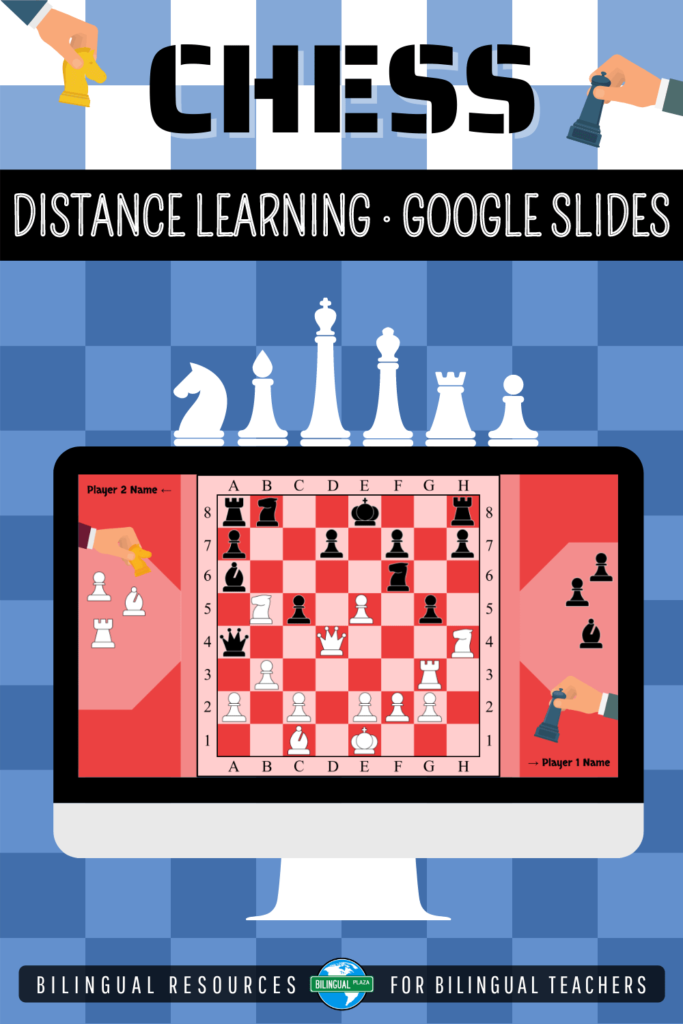
In the next few lessons, we are going to introduce the first aspects of strategy. We will explain specific situations and students will practice them. For example:
- How to checkmate with the queen and king?
- What if we have a rook and king?
- Can we checkmte with both bishops?
- How to checkmate with a bishop and a knight?
For this, I created this DIGITAL CHESS BOARDS with Google Slides! I love them because my students can play at home or in class. I can show specific strategies and they can follow them from their devices. And they can play simultaneously from their homes during this distance learning time we are experiencing! (More resources are to come soon!)
Stage 3: Game plan
At this point, we are going to focus in the real deal: the game plan. This stage has no limit, because it is always possible to improve your game. However, we have to set specific objectives for our students to learn:
- Opening a chess game
- Double attack
- Safe castling
- Evaluate the game, regardless of the outcome.
Conclusion: Are you ready to teach chess in class?
Since many benefits of chess are scientifically proven, more and more schools around the world are incorporating it as part of the curriculum. It is a fun way to engage our students and make them grow in multiple dimensions!
Are you willing to teach chess to your students? Have you started already? What is the biggest change you have seen in them since they play chess in school?
Let us know in the comments!

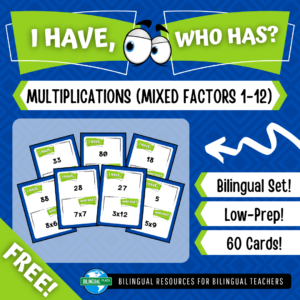
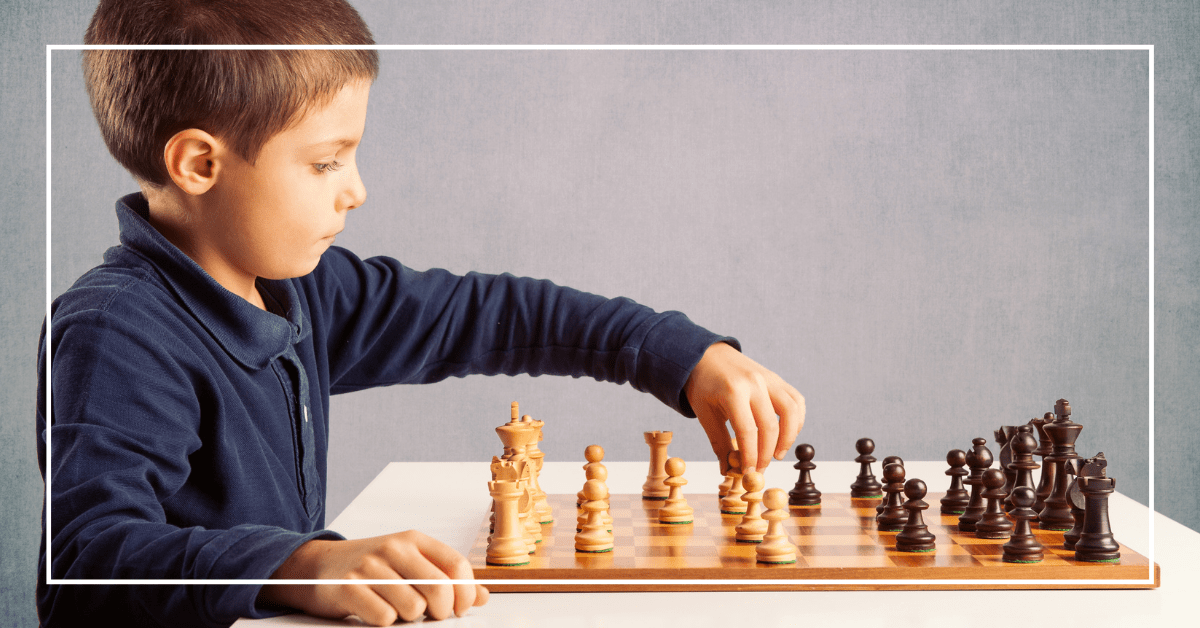
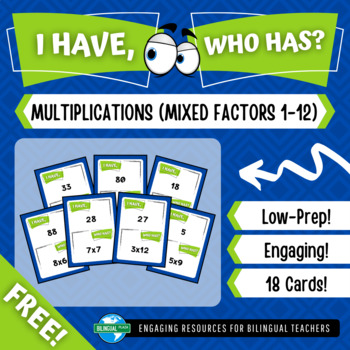


Really interesting information about chess in school
awesome article for teachess 🙂
Wow! I found it really interesting! the benefits of playing chess are great for students in class and in life.
I´d love that there would be a similar programm in Spain! Although I know some projects in some schools, it would be great to have a weekly lecture or so,
I´m looking forward for next post about how to teach chess in class, thankssss!